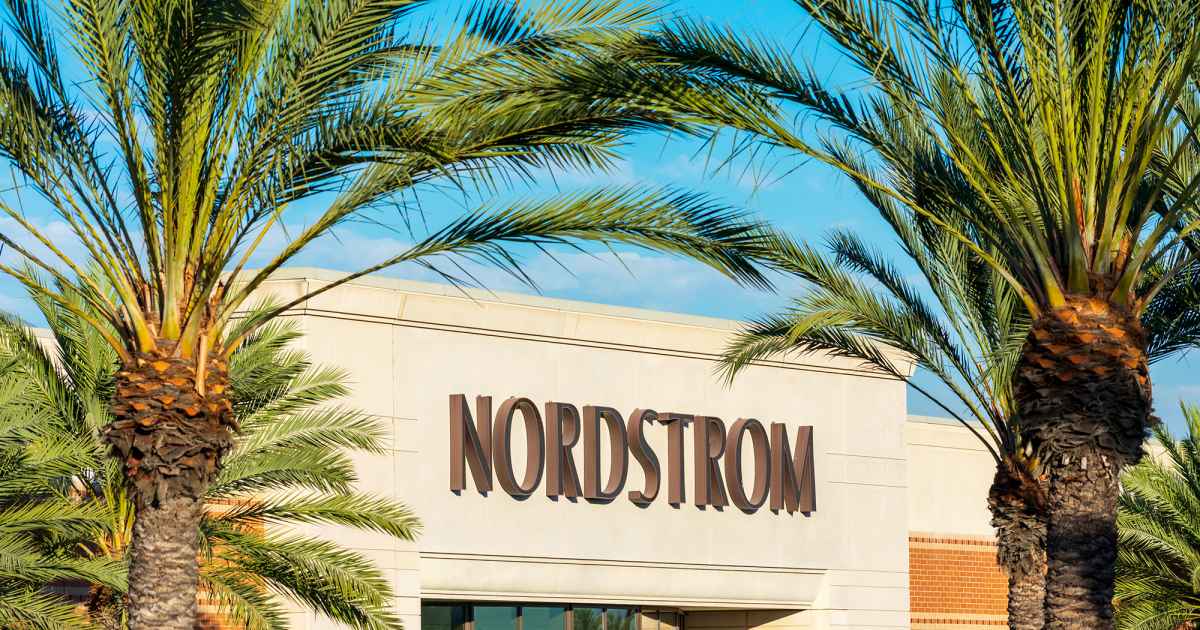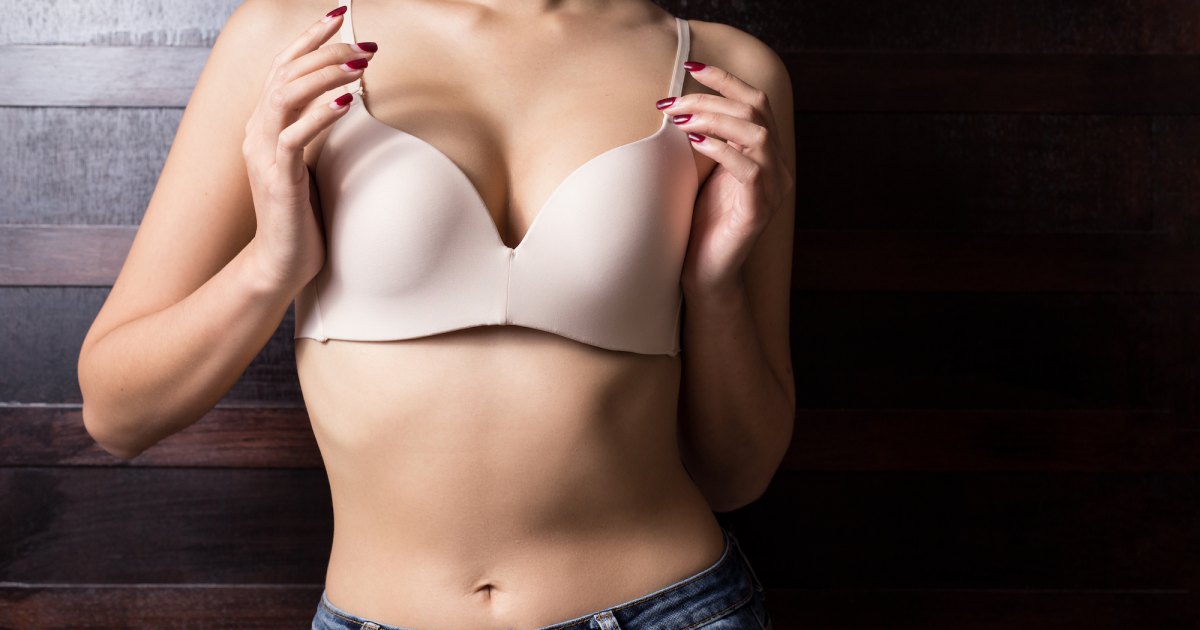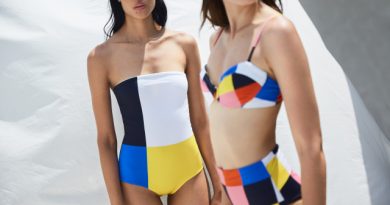How CeraVe Conquered the Internet – WWD
PARIS — The packaging is plain, the name’s tricky to pronounce and there’s no Kardashian or Hadid in sight. But that hasn’t stopped CeraVe from becoming the runaway success story of 2020.
The accessible drugstore brand codeveloped 15 years ago with U.S. dermatologists to tackle dry skin concerns has become an influencer-driven phenomenon — practically overnight.
“This brand is really on fire,” Jean-Paul Agon, L’Oréal’s chairman and chief executive officer, exclaimed during the company’s most recent financial analyst call in October.
CeraVe notched up 82 percent like-for-like sales gains in the first nine months of this year, with demand around the world so strong that its products sold out in certain markets.
Analysts estimate CeraVe, the buzziest beauty brand on Reddit, will generate around $600 million in revenues by the end of 2020, putting it on track for billionaire status soon.
Agon characterized CeraVe’s growth as an “acceleration on acceleration on acceleration.”
“The success of this brand is a combination of several factors,” he said, noting that CeraVe has “the right quality, the right formula with the right mix at the right moment. It’s probably the brand that has the most potential in the industry right now.”
Dermocosmetics brands are a hot commodity today and among the fastest-growing categories in beauty, spurred largely by Millennials. Such labels are promoted not for any cosmetic benefit, but for skin health, which is increasingly a key driver for consumers.
Pre-coronavirus pandemic, CeraVe would be recommended by dermatologists during an in-person medical visit. (The brand already tops derms’ recommendations in the U.S.) During COVID-19 lockdowns, doctors staked their claim online.
“Doctor influencers” with an impressive social media following include Dr. Dray on YouTube, Dr. Henry on Instagram, and Dr. Dustin Portela and Dr. Shah on TikTok.
“They’re making serious subjects very accessible, easy-to-understand with a lot of humor,” Giraud said. “This allows the young generation, especially the Gen Z [for the first time], to connect more easily on those types of topics, which are important for them.”
For teenagers today, a big concern is how mask wearing can lead to acne.
Another category of influencers bolstering CeraVe online is skin-care experts, led by Hyram Yarbro, first on YouTube and then on TikTok, where he has 6.7 million followers and #cerave-tagged content boasts a collective 303.4 million views, according to Tribe Dynamics.
“It’s very interesting, they comb through ingredient lists,” Giraud said. “They decode the products for everybody.”
Hyram, she said, understands what’s in a product, recommends the right routine and stirs in humor.
“It’s a new way of communicating on skin care that really speaks to consumers,” Giraud added.
Formerly, makeup was the major beauty subject discussed on social media.
“Now, there are a lot of people posting their [skin-care] routines on TikTok, and influencers are commenting on them,” the executive said.
Founded in 2005, CeraVe in the U.S. includes a line of more than 70 skin-care products, such as cleansers, moisturizers, sunscreens, healing ointments and a range for babies. Prices run from about 5 euros to 25 euros.
L’Oréal acquired CeraVe, alongside AcneFree and Ambi, from Valeant Pharmaceuticals International Inc. in a $1.3 billion deal in 2017. The trio of labels put L’Oréal head-to-head with Nestlé’s blockbuster Cetaphil brand, and almost doubled the size of L’Oréal’s Active Cosmetics Division in the U.S., where it had been relatively underrepresented.

CeraVe products
Courtesy of L’Oréal
At the time, CeraVe’s estimated annual sales were $140 million, according to industry sources. L’Oréal considered CeraVe to be among the fastest-growing skin-care brands in the U.S., with average gains over the prior two years of more than 20 percent. The marketing mix included partnerships with dermatologists and some in-store operations.
Then after CeraVe’s purchase, different ways of driving its awareness were unleashed, such as TV spots. Some 18 months in, the brand’s international footprint expanded by 38 countries (outside of Southeast Asia and Africa) with a catalogue of 14 core products.
But the sea change occurred most recently, thanks to social media, especially the deafening chatter about CeraVe on Reddit and TikTok, a platform with more universal reach than Twitter or YouTube.
“We have more influencers that we’re in contact with who speak of our brand, and this creates an overspill in countries like the U.K. and Australia, which are English-speaking, but also Brazil, France and Germany,” Giraud said.
Unlike in traditional social media, where having a link on YouTube to drive traffic to a brand’s platform was key, that’s not the case with TikTok. Young people, she said, see a product they want to try and then go directly in search of it themselves.
A year ago, one of CeraVe’s cofounders, Tom Allison, created a Twitter account to be in direct contact with medical professionals. Then he began conversing with influencers and consumers, and today Allison has almost 400,000 followers, a verified influencer.
“This direct-to-consumer, direct-to-influencer communication has been ongoing,” Giraud said. “It allows us to discuss with all the people who are talking about our products. That’s quite insightful for us.
“When it comes to new topics coming up, like maskne, it allows us to work with some influencers very quickly on how to educate and give routines,” she continued.
CeraVe is sometimes seeded with influencers, but other endorsements are organic.
On his own volition, Hyram created his first YouTube video on CeraVe in April. Next, the brand reached out to him for a partnership, and in May, he created “duets,” appearing with someone else.
“That became super viral,” said Giraud, highlighting one video in particular where Hyram and a woman speaking with SpongeBob SquarePants’ voice discussed acne and the brand’s SA Smoothing Cleanser.
The spot garnered 27 million views, and there was a direct impact on sales of that product, which was out of stock for a few weeks.
CeraVe plans to partner with more skin-care influencers, who Giraud believes can elucidate the category, which may seem complex. She explained an influencer’s community can give the thumbs up to branded partnerships.
“There is a sense of solidarity now, because they want their influencers to get paid for what they’re doing,” said Giraud, adding: “It has to be a natural fit. But when this occurs, people love it.”





